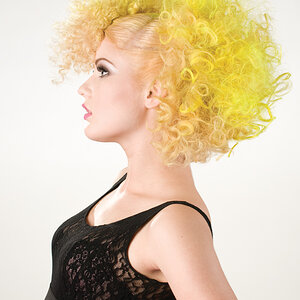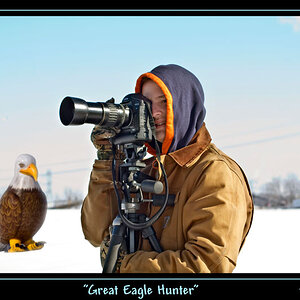bs0604
TPF Noob!
- Joined
- Nov 28, 2011
- Messages
- 335
- Reaction score
- 27
- Location
- Virginia
- Can others edit my Photos
- Photos OK to edit
I am having difficulty understanding the difference between my nikon 14-24 mm lens set at 16 mm vs the nikon 16 mm fishe eye lens, which I am considering buying. Would be mounted on my D800. Is the difference only in the "fish eye" appeaance of the latter lens, or is there a difference between the two lenses in terms of "real estate" or field of view captured?.


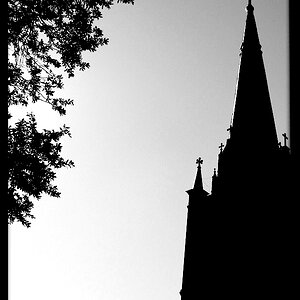
![[No title]](/data/xfmg/thumbnail/1/1592-cfae4a7ea791f96c6e2d03484be2e454.jpg?1619729144)
![[No title]](/data/xfmg/thumbnail/40/40311-715dda8167abb793178d6abf7e8136fe.jpg?1619739414)
![[No title]](/data/xfmg/thumbnail/40/40308-f92e28f094216c151f3ad1fd7453c99b.jpg?1619739413)
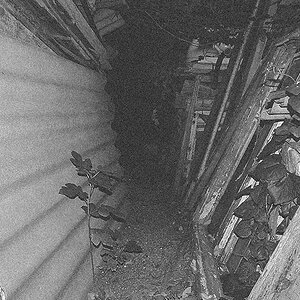

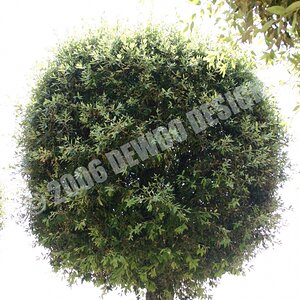


![[No title]](/data/xfmg/thumbnail/42/42277-63576745f84be96df79b94ca0f49e00b.jpg?1619740085)
